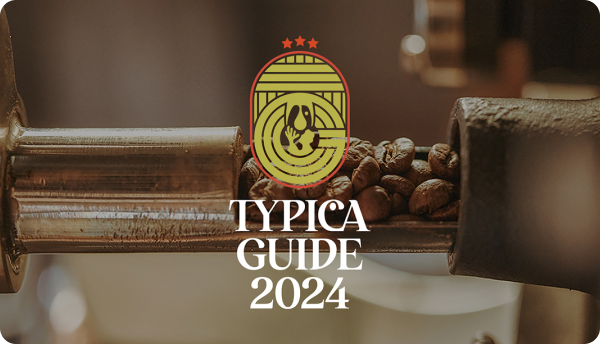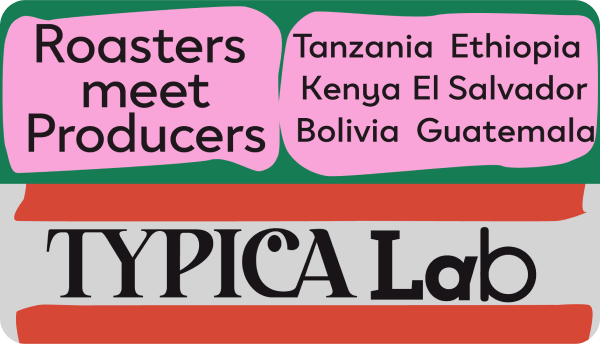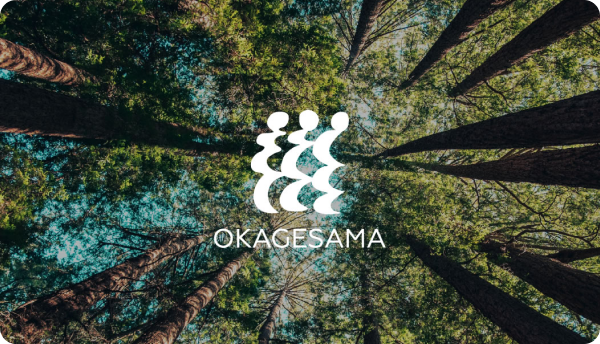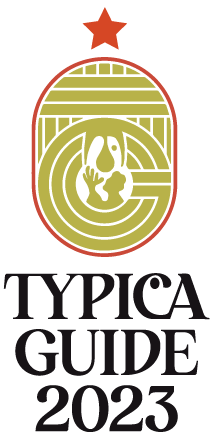

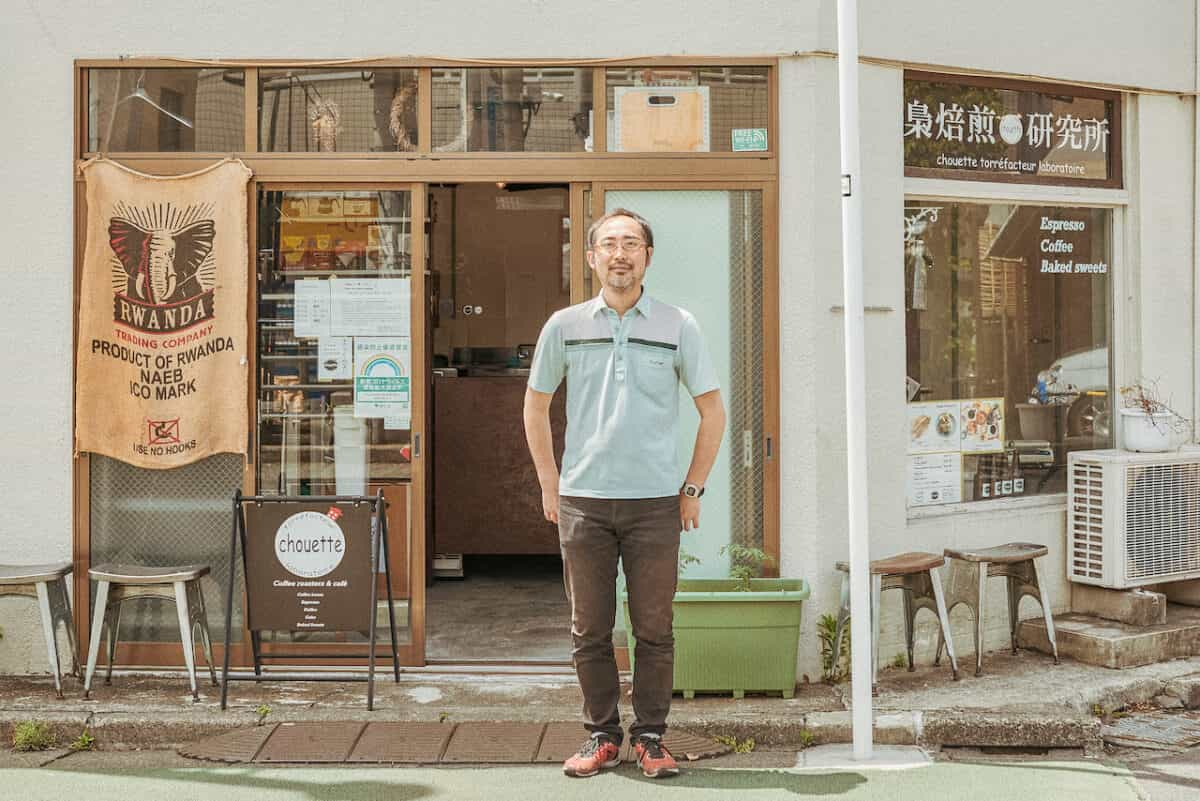
Coffee is generally roasted quickly at high temperatures. ‘chouette torréfacteur laboratoire’ (hereinafter referred to as ‘chouette’) located in Setagaya, a fiercely competitive area for coffee, shines with its unique ‘low-temperature roasting’ method. We interviewed the owner, Mr. Kenji Takayama, who is also a former chef at a Michelin three-star restaurant ‘Quitessence.’
※ Titles are omitted in the text.
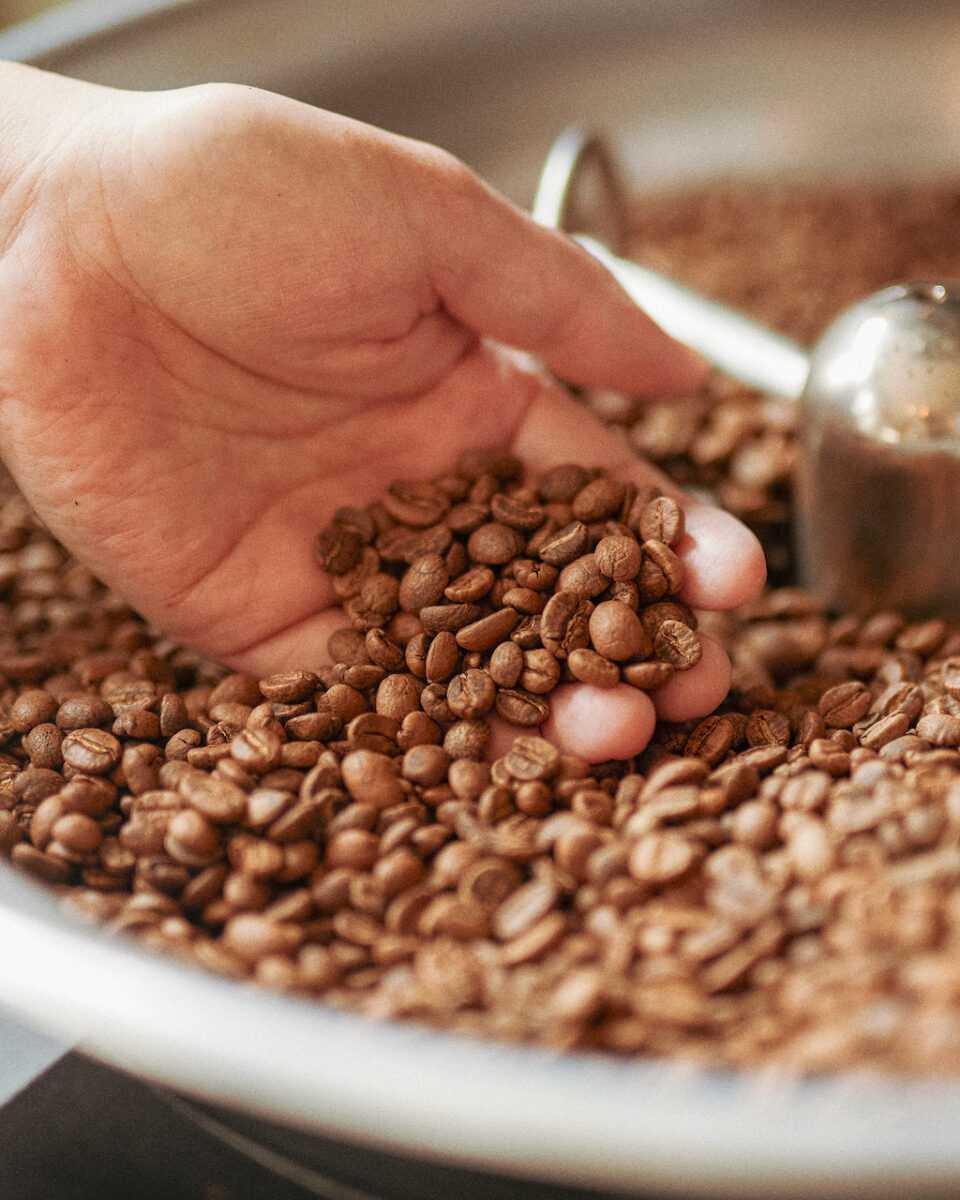
‘Low-temperature roasting’ to bring the best out of fresh ingredients.
“How can I bring out the best, delicious flavors of coffee?”
Chouette’s unique low-temperature roasting was born out of Takayama’s ‘chef’s inspiration.’
Takayama states, “I reached the low-temperature roasting method myself. After experimenting with different roasting methods, I found out that roasting at high temperatures puts stress on the coffee. I felt that the world of specialty coffees, which are often roasted quickly at high temperatures, reminded me of the culinary industry of the past that I was in.”
Takayama has loved cooking since he was a child and aspired to become a chef and spent time in France while he was studying at a culinary school. After graduating from culinary school, he studied at the Michelin two-star restaurant ‘Saint Pau’ and the Michelin three-star restaurant ‘Quitessence.’
“I have always worked in restaurants, so I was confident in my skills to heat fresh ingredients. At ‘Quitessence,’ in particular, I’ve learned the art of roasting, where the meat is cooked from a low temperature. In the culinary industry, heating at high temperatures used to be the norm, but there has been a historical shift in the way to choose lower temperatures to maximize the flavor of the ingredients,” Takayama states.
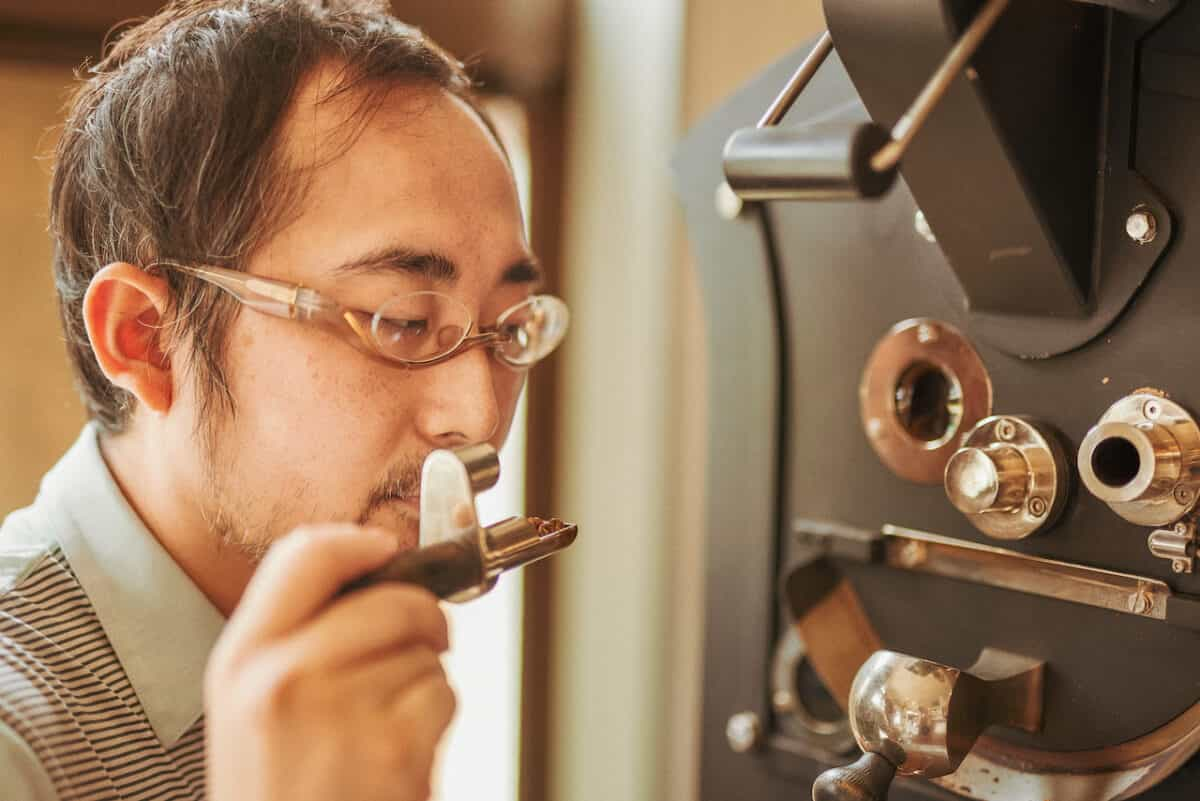
Normally, the input temperature or the temperature inside the kiln when green coffee beans are put into the roasting machine, is about 180 to 200 Celsius. Takayama, on the other hand, puts coffee into the roasting machine from 80 Celsius.
He says that the coffee starts to come first crack after 150 Celsius, which is generally around 180 Celsius.
“In the first place, I thought it is unnatural to roast coffee at high temperatures, which are from nature. I don’t take the approach of “How to roast coffee?” but I rather look at the fresh ingredients from the perspective of “How can I bring the flavor out of it?” Then, I just add to it myself.
He says that the sweetness, sourness, freshness, and fruitiness of high-quality specialty coffee is enhanced by the low-temperature roasting. The roasted coffee is left to mature for a week before being sold. The best time to drink the coffee is two weeks after the roasting.
Takayama states, “Of course, the way meat and coffee are heated is different, so I can’t do it in the same way as I heat meat but I’ve learned a lot from the restaurant about how to deal with ingredients.”

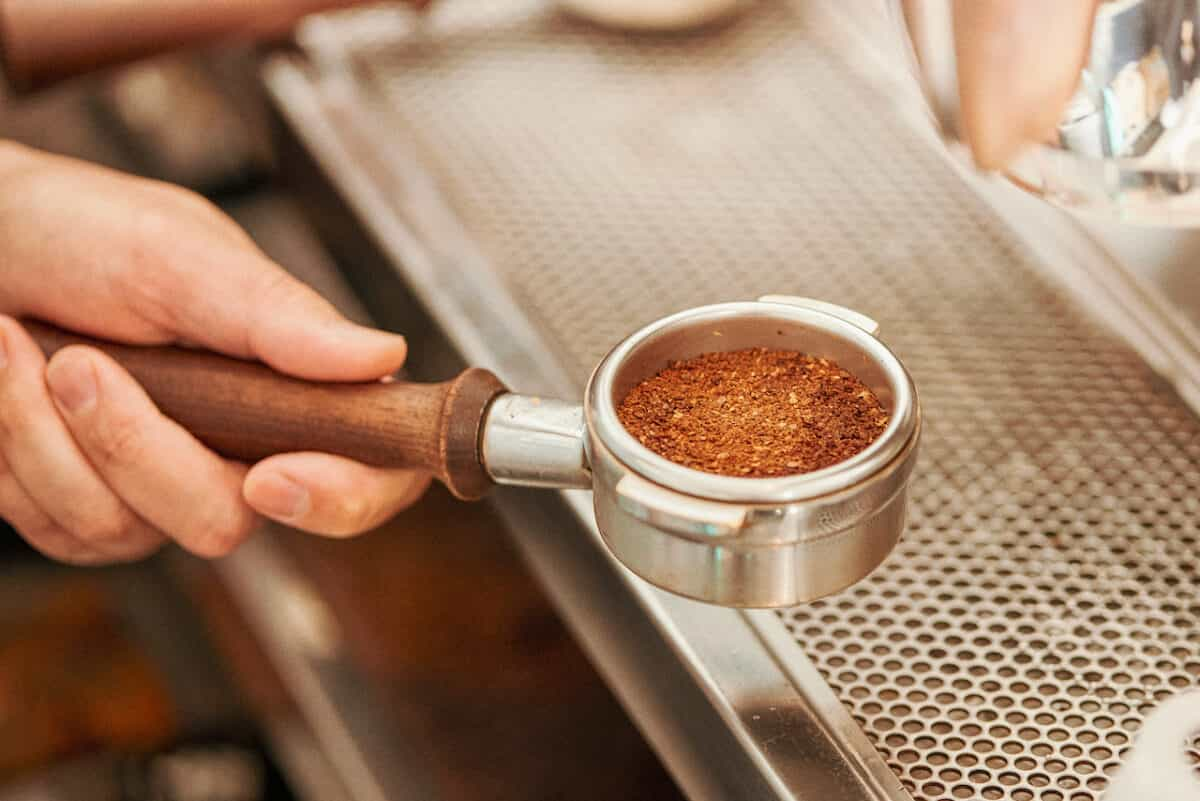
Originally, I wasn’t a fan of coffee.
Why did Takayama, who had built his career as a chef, turn to the world of coffee?
“I had a chronic illness, epilepsy that has required me to get a lot of sleep. Chefs work in night shifts and work long hours. I collapsed several times in the kitchen and I decided to quit my job as a chef.”
“It was a chef at the restaurant Quitessence where I worked who introduced me to the appeal of coffee, which I was originally not a fan of.”
“I started drinking espresso, following how he drinks, and as he talked about coffee, it went from being just smelling salts to something that intrigued me.”
He started to go and drink reputable coffees and increased his knowledge. While he explored the world of coffee, it gradually became something that he enjoyed and loved. At one point, Takayama began to feel that he wanted customers to drink the coffee that he thought was delicious.

He worked as a barista/manager at ‘DOWNSTAIRS COFFEE’ run by Mercedes-Benz and he opened ‘chouette’ in April 2017 following a preparation period.
The name of the shop, ‘chouette torréfacteur laboratoire,’ literally means ‘owl roasting laboratory.’ The owl comes from the local mascot of the French town where Takayama once studied cooking. The name of the shop reflects Takayama’s desire to ‘bring happiness through coffee’ in Gotokuji, Setagaya ward, which is known for maneki neko, ‘beckoning cats’ or ‘cat temple.’

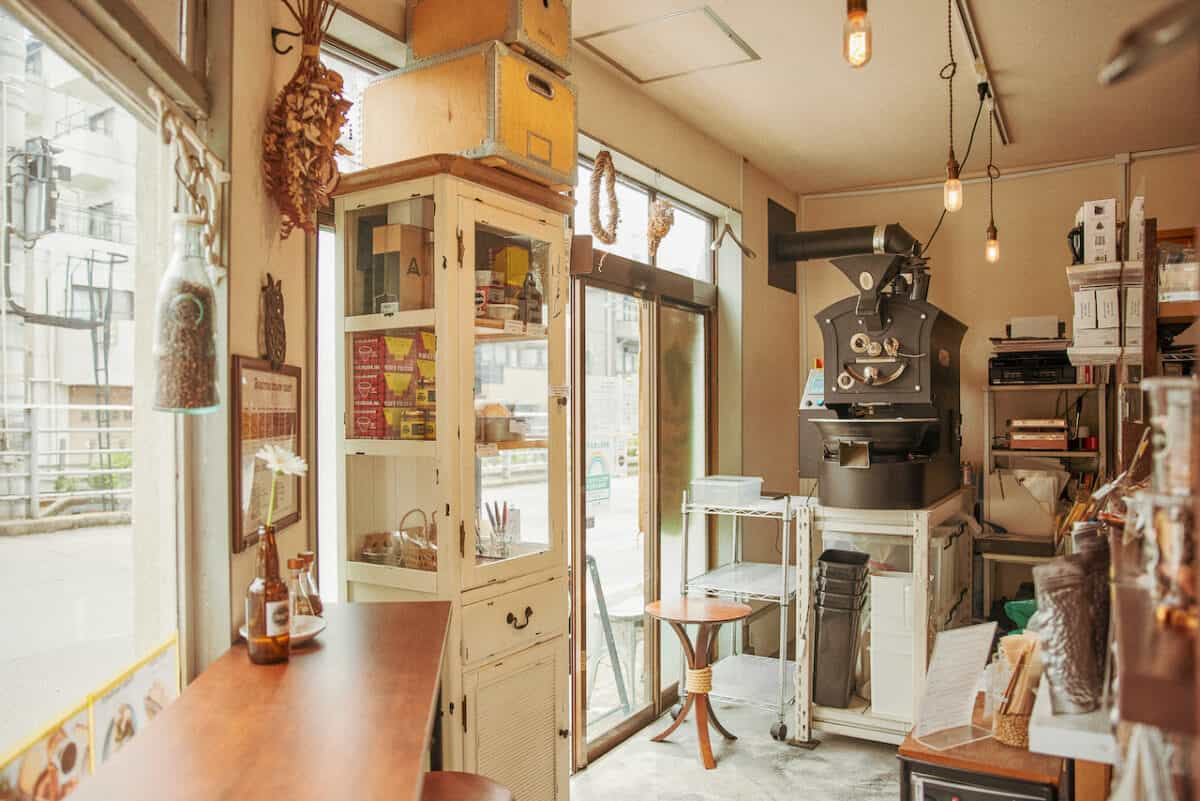
A coffee shop without a menu.
There is no menu at ‘chouette.’
“Basically, I ask my customers to try the coffee I recommend. First, I ask them if they want milk or not, and if they don’t want to add milk, I continue by asking them if they prefer light-roast or dark-roast coffee. That’s it,” Takayama states.
When the shop first opened, he followed the example of other shops and had a drink menu. After a period of trial and error, he reached his current menu.
“In recent years, coffee shops have a menu that lists the varieties of coffee and where they come from and customers can choose what they want to drink. When I started doing it, I realized that having so many choices might be rather stressful for customers,” Takayama states.
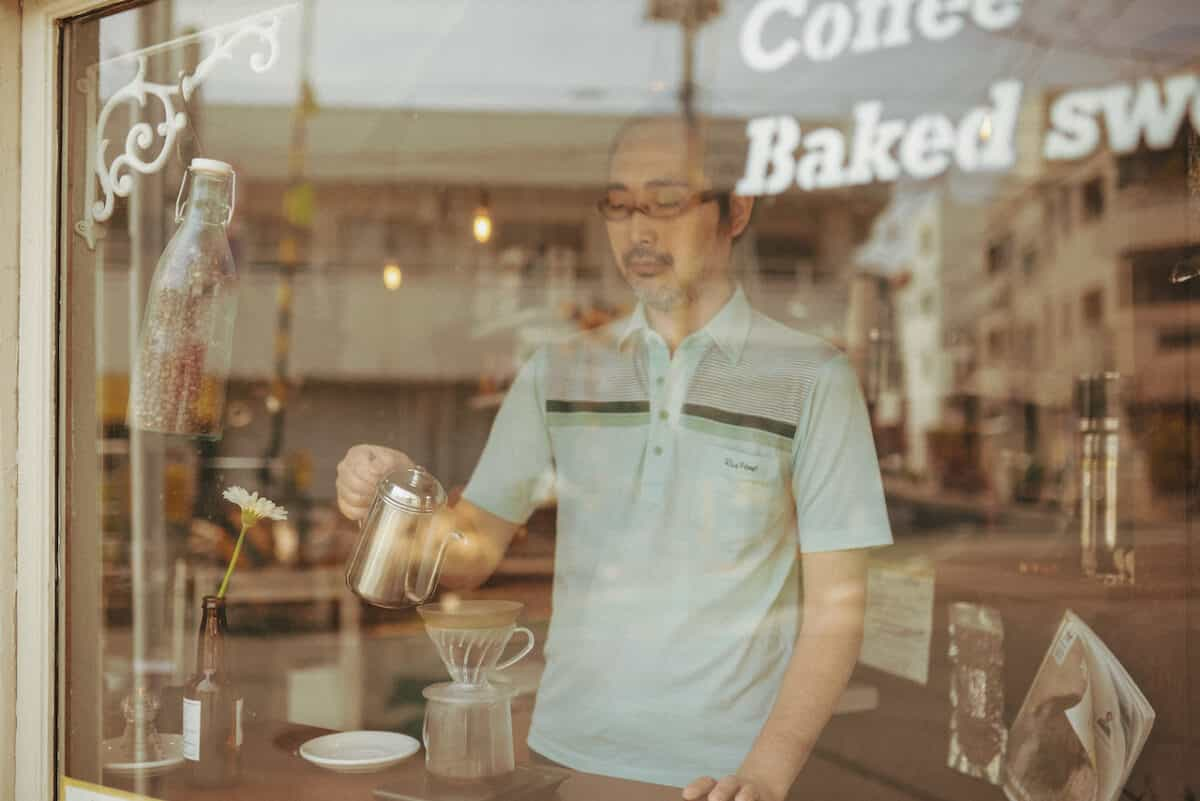
Takayama stopped having a menu. Takayama decided not to put a menu on the table, but rather to offer only one course in the same style as ‘Quitessence’ does.
“Customers who know a lot about coffee ask me lots of questions. If they ask me about coffee, I explain it to them, and I hope I can help them to enjoy the coffee.”
There are about 12 varieties of coffee in the lineup. He makes each cup of coffee while looking at the condition of the coffees. Rather than explaining in detail to customers, he delivers the taste of the coffee itself.
Takayama states, “I want to convey the taste of coffee as simple as possible. The more passionate you are about coffee, the more you want to convey everything. The more complicated it becomes, the less your voice reach the customers. I am always conscious of how to advise for ‘a life with coffee’ as well as roasting and brewing methods that can resonate strongly with customers.”
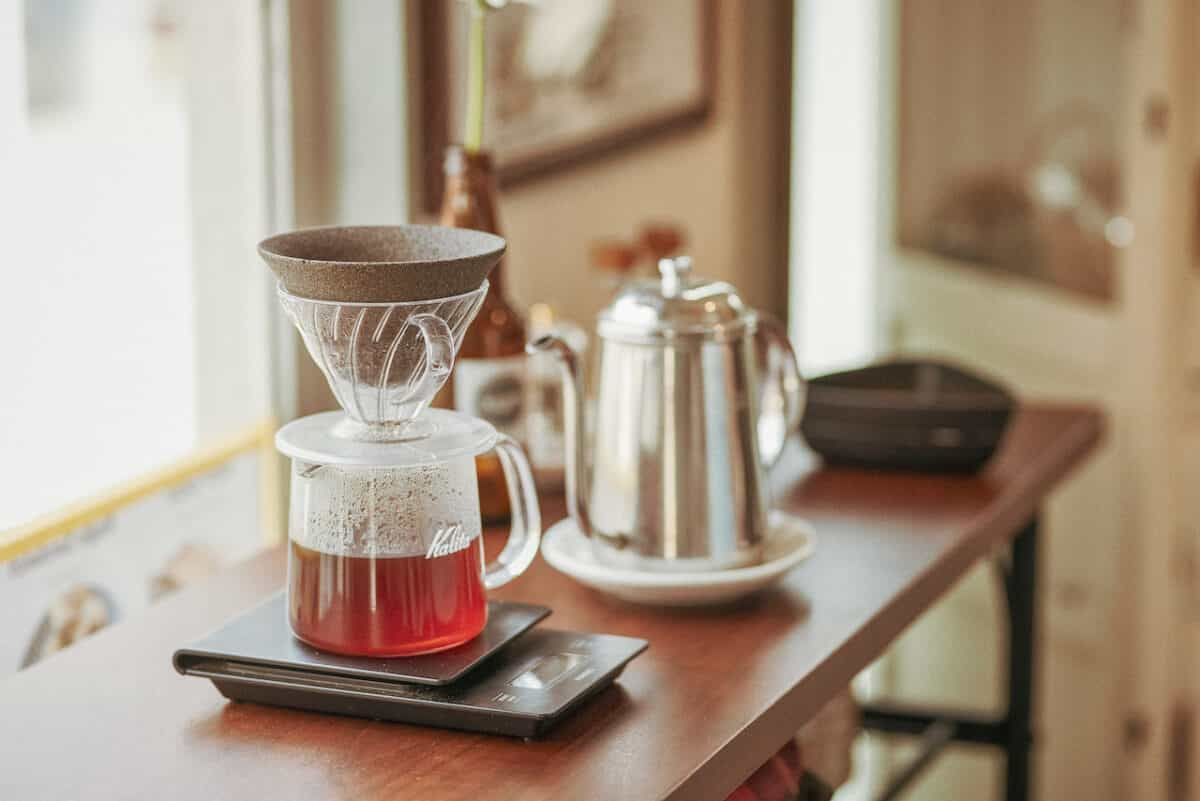
The theme of ‘chouette’ is ‘for the best start of the day.’
“Whether it’s first thing in the morning or after lunch, I want people to have their next phase of the day by having a cup of coffee. Drinking coffee is like moving on to the next phase in your day. I hope that the coffee in our daily lives will help lead to a great future,” Takayama states.

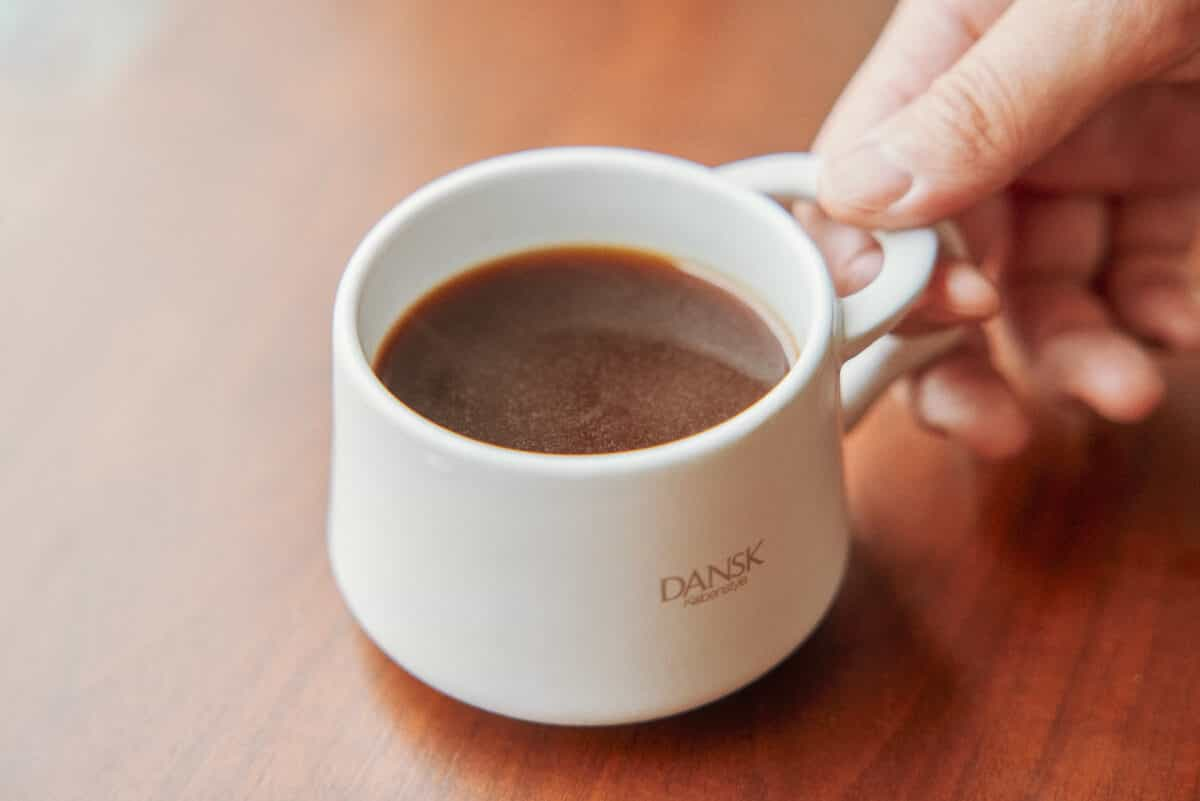
“Helping” through coffee.
In addition to the physical shop, ‘chouette’ runs a sister brand of an online shop, ‘chouette blanche,’ which specializes in subscriptions since April 2020. 25% of the sales are donated to non-profit organizations for nature conservation and humanitarian aid.
Takayama states, “Since opening ‘chouette,’ I’ve wanted to do something for society as well. I make a profit when my customers drink good coffee and learn about the benefits of living with coffee, but I wondered if it was enough. I didn’t want coffee to be just a consumers’ activity. I started it as I wanted to help customers take actions that would lead to a better future, such as improving the natural environment or making people happy by drinking coffee.”
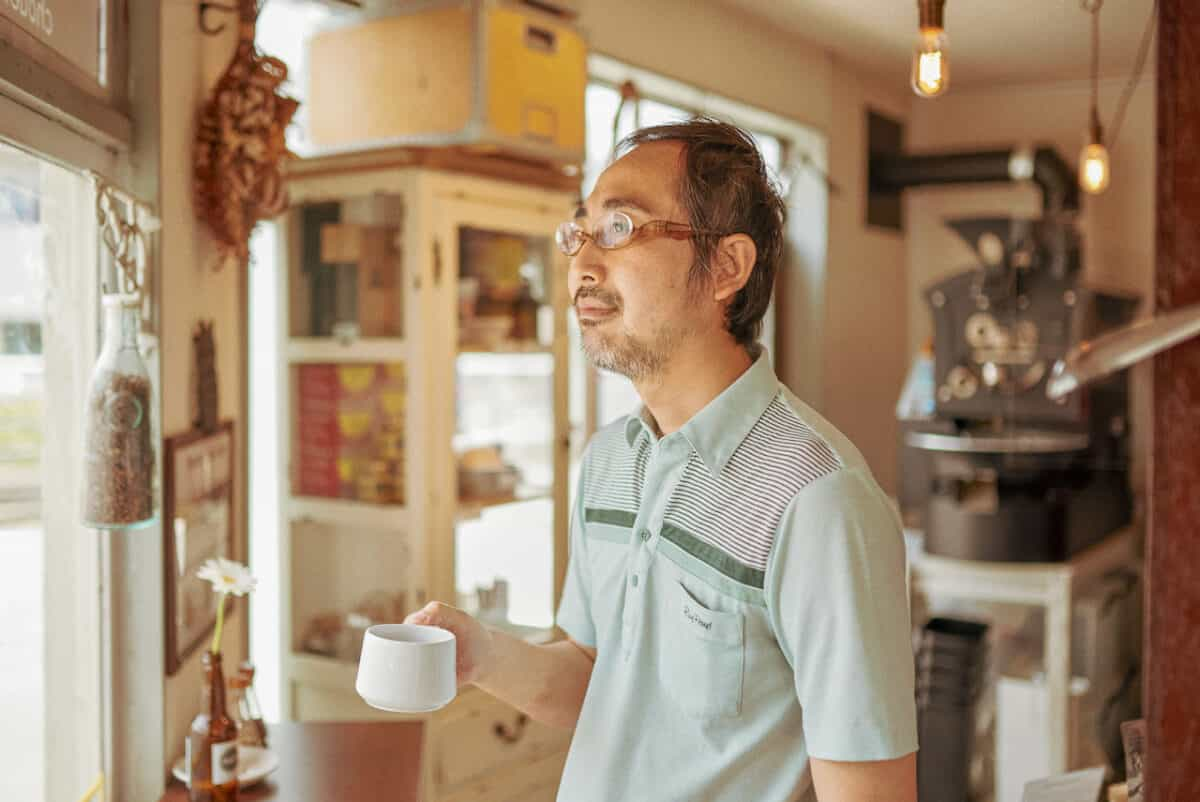
The word “help” often appears in Takayama’s vocabulary and it is not limited to his customers.
In the past, he has taught roasting skills to ‘K. Base Roastery Lab.,’ a café that aims to revitalize the local community in Komae city in Tokyo and support ‘Sumida Haruyamaen,’ a welfare service center for the disabled in Tokyo.
The support for them is to make original coffee that ‘chouette’ roasts as part of their rehabilitation programs and provide help to the people through “the help” of coffee.
“I would like to deliver ‘a life with good coffee’ in various ways and I would like people to drink good coffee without having any stress. Some cafes that serve specialty coffees tell you in detail how to make coffee, but our coffees have the right flavor without making the customers go through such trouble. As a professional, I prepare coffee to such a level,” Takayama states.
Whether it’s a meal or a cup of coffee, Takayama’s approach to bringing out the best from fresh ingredients is firmly rooted. He also conveys the good taste of coffees to customers in a simple way while not making customers feel stressed.
Originally written in Japanese by Sachie Mizuno.

MY FAVORITE COFFEE
My favorite coffee is the coffee I drink when I wake up early in the morning. It is a cup of coffee that I drink while reading a magazine or having a conversation with someone, without thinking too much, and getting information casually. When I’m working, I concentrate on my coffee, so I also value the time to decompress.

chouette torréfacteur laboratoire
- [Open]
- Weekday: 12:00-18:30 / Weekend, Holiday: 7:30-18:30

